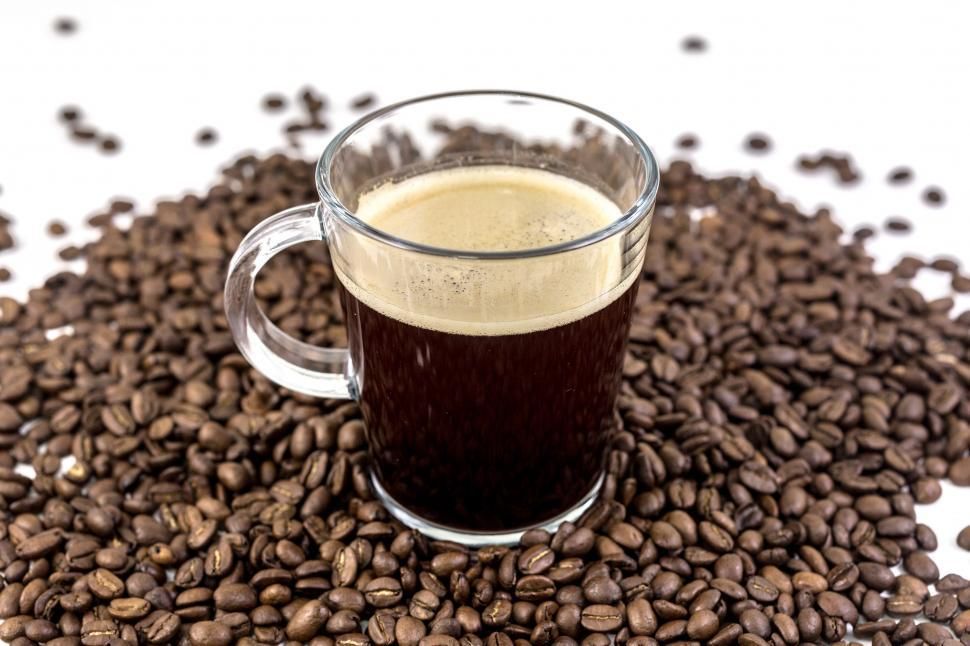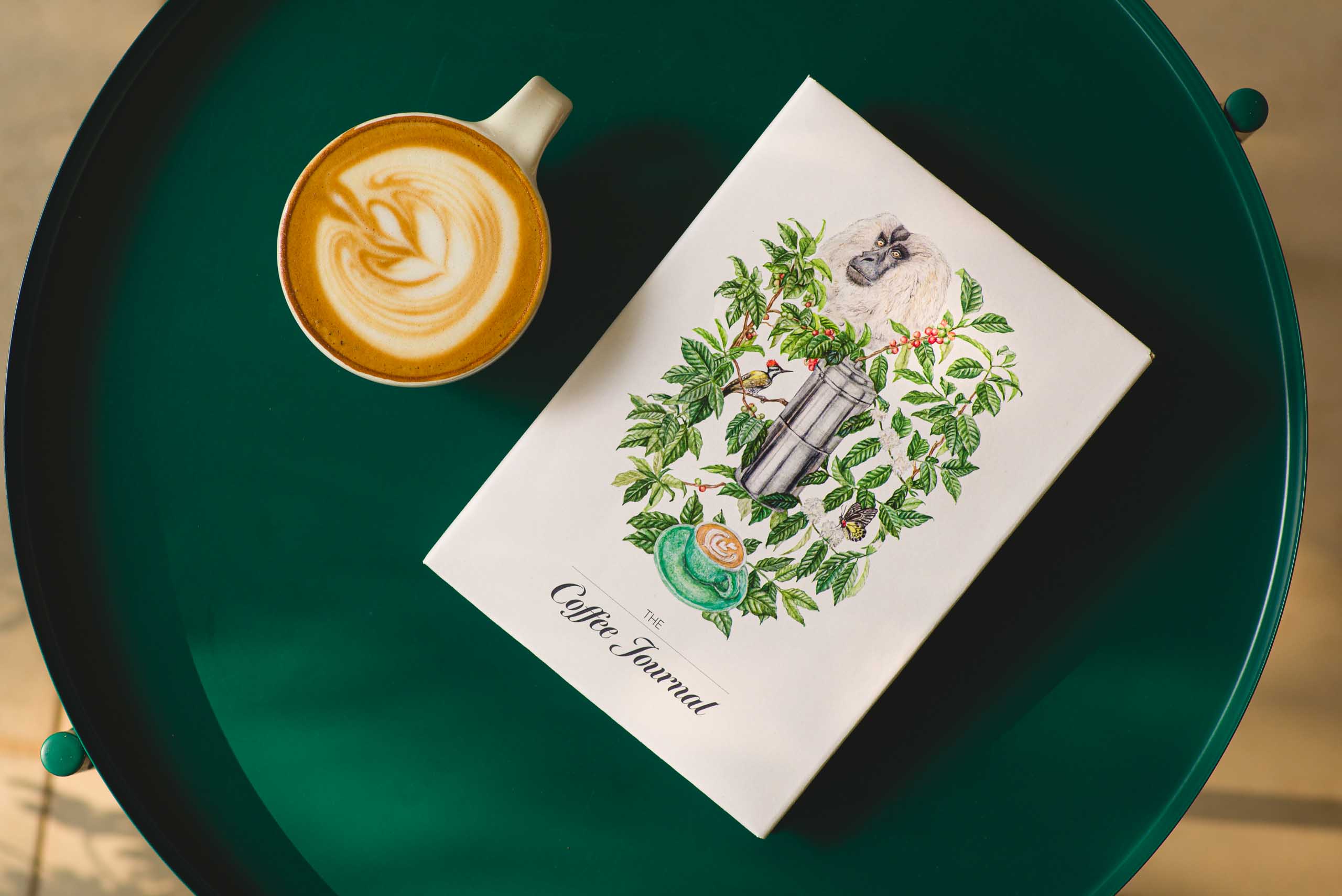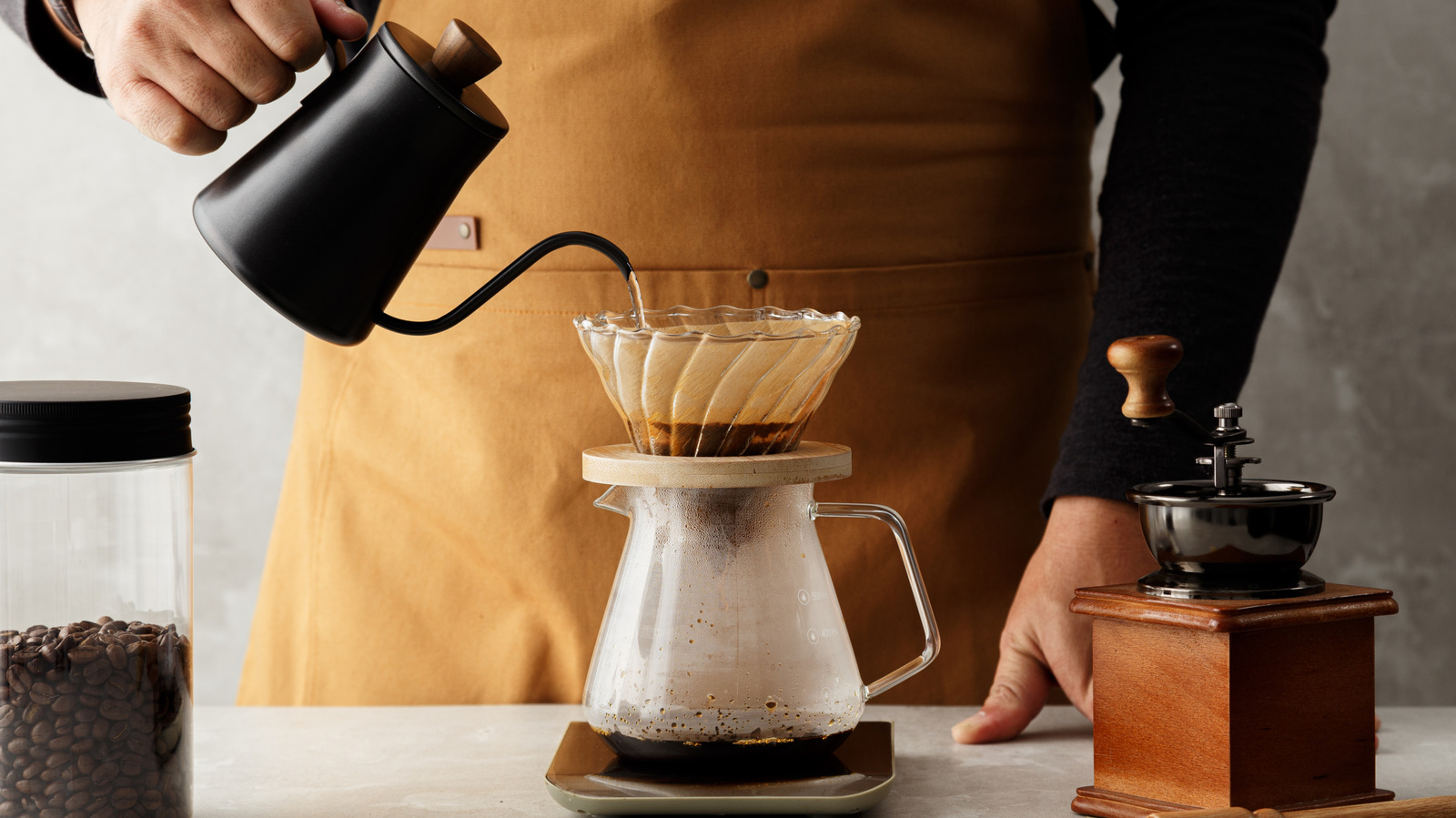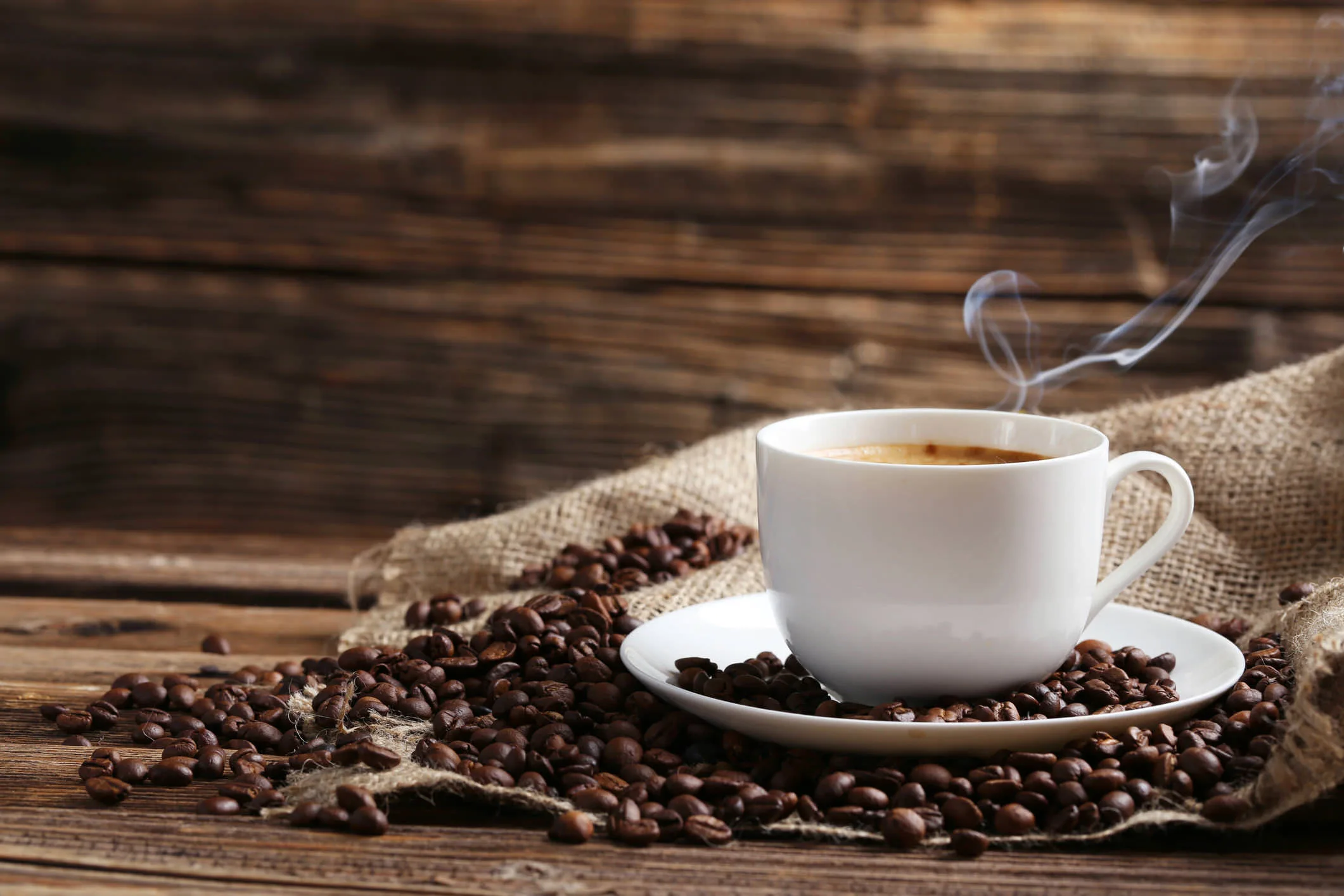
The journey to an exceptional cup of coffee at home often feels shrouded in mystery, with many assuming the secret lies solely within specialized equipment or a barista’s arcane training. But the heart of incredible coffee isn’t about exclusive gadgets; it’s about mastering fundamental principles and embracing unwavering consistency. It’s about understanding the science behind what makes coffee truly sing, and then applying that knowledge with precision.
Forget the endless debates about French presses versus pour-overs. As Areli Barrera de Grodski, co-owner of Little Waves Coffee Roasters and Cocoa Cinnamon, wisely puts it, “The perfect cup of coffee is the one you enjoy.” This simple yet profound statement frees us from rigid coffee dogma, allowing focus on elements that genuinely enhance our personal brewing experience, regardless of the method. Experts agree: you can brew magnificent coffee with virtually any tools. The real magic happens when you understand and control the variables.
Think of brewing coffee as an engaging scientific experiment, optimizing variables like grind size, water temperature, and brew time. This scientific mindset is what sets professional coffee establishments apart. They haven’t found a mythical blend; they’ve simply mastered consistency, replicating that perfect combination time after time. This pursuit of consistent excellence is your roadmap to coffee heaven, and I’m thrilled to share key tips that will transform your morning cup.

**1. Buy Good Quality Coffee Beans: The Genesis of Great Flavor**
The foundation of any truly great coffee begins with the beans. “Good quality” isn’t just about exotic origins; it’s paramount to prioritize freshness. Whole bean coffee peaks within 3 to 7 days of roasting and noticeably goes stale after a month. This highlights the importance of sourcing wisely. Avoid mass-produced coffees that have sat on grocery shelves for weeks. Instead, buy directly from a local or online roaster who prioritizes freshness. Purchase only what you’ll consume within weeks. Store beans away from heat, light, and moisture, which accelerate staling.

**2. Keep A Coffee Journal: Charting Your Course to Perfection**
This tip might seem nerdy, but it’s an indispensable tool for unlocking your ideal brew. As you experiment with variables, a coffee journal becomes your invaluable companion for triumphs and missteps. Nothing is more frustrating than brewing a perfect cup and forgetting how, or accidentally repeating a bad one. A journal, be it a notepad or an app, prevents such heartache. By meticulously tracking variables like bean type, grind size, water temperature, brew time, and tasting notes, you create a quantifiable record. This allows you to systematically identify what works for *your* palate and equipment, empowering consistent replication of sublime brewing moments. It transforms abstract experimentation into actionable data.

**3. Use A Scale: The Unsung Hero of Consistency**
If there’s one single upgrade offering the most dramatic improvement in consistency for the least effort and expense, it’s a simple digital coffee scale. Nothing introduces more variability into your brewing than measuring by volume rather than precise weight. This is a fundamental principle rooted in physics. Consider an experiment: one scoop of medium-ground dark roast coffee weighs differently than the same volume of light roast. Experts demonstrate a dark roast might be 9.2 grams, a light roast 11.4 grams. This difference, for the same *volume*, shows why scoops are flawed. Darker roasted beans are less dense. This explains the misconception that light roasts have more caffeine; people simply use more coffee by weight. A scale eradicates this variability, ensuring you consistently use the exact amount for your chosen ratio, guaranteeing repeatable extraction. It’s truly one of the cheapest and easiest brew upgrades.
:max_bytes(150000):strip_icc()/fellow-opus-coffee-grinder-tout-6519b4f03b0c4830a3d6955f748e16e8.jpg)
**4. Invest In A Burr Grinder: The Gateway to Even Extraction**
While a scale offers immediate gratification, the next crucial investment for serious coffee enthusiasts is a quality burr grinder. This isn’t a luxury; it’s non-negotiable for consistently delicious coffee. The primary adversaries of exceptional flavor are stale coffee and uneven extraction, both addressed by a burr grinder. Pre-ground coffee is flavor on borrowed time; grinding fresh preserves delicate flavors. A cheap blade grinder chops beans haphazardly into inconsistent particle sizes, the nemesis of extraction. Water will over-extract fine particles (bitterness) and under-extract coarser ones (sourness). A burr grinder, by contrast, crushes beans to a remarkably uniform grind size. This uniformity is critical, ensuring water extracts flavor compounds evenly from all particles, leading to a clean, balanced cup. Even a $50 manual burr grinder is a monumental step up.

**5. Tailor Your Grind Size: The Art of Nuanced Extraction**
With your burr grinder, you’ve unlocked a powerful variable: grind size. Different brewing methods and coffee beans demand specific grind sizes, a reality far more nuanced than “finer for espresso, coarser for French press.” Your local barista knows this profoundly dictates final taste. A V60 dripper often benefits from a finer grind than a Chemex due to their design, influencing water flow. The type of roast also impacts the ideal grind; darker roasted espresso might require a coarser grind than lighter roast espresso because dark roasts are more soluble and extract faster. This precision allows fine-tuning extraction, minimizing undesirable flavors. Experiment with adjustments, observing impacts on body, acidity, sweetness, and aftertaste, meticulously noting findings in your journal.

**6. Know How Much Coffee To Use: Mastering the Golden Ratio**
“How much” coffee refers to the ratio of coffee to water, a pivotal variable determining strength. A higher ratio (more coffee) yields a stronger brew; a lower ratio, weaker. Finding your sweet spot is crucial. The Specialty Coffee Association (SCA) recommends 55 grams of coffee per liter of water (approx. 1:18). This is an excellent starting point for filter coffee. However, home brewing allows personalization. You might find 1:15 better for darker roast blends. Different methods have different ideal ratios. If your brew tastes bitter or astringent, decrease coffee. If weak, watery, or sour, increase grounds to rectify.




